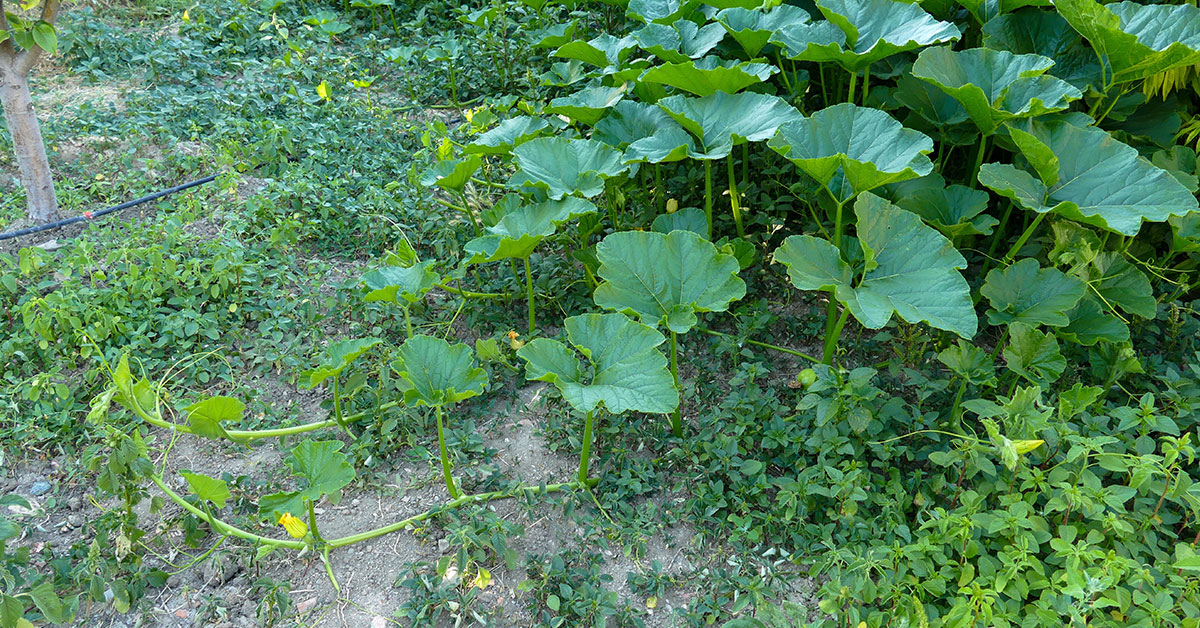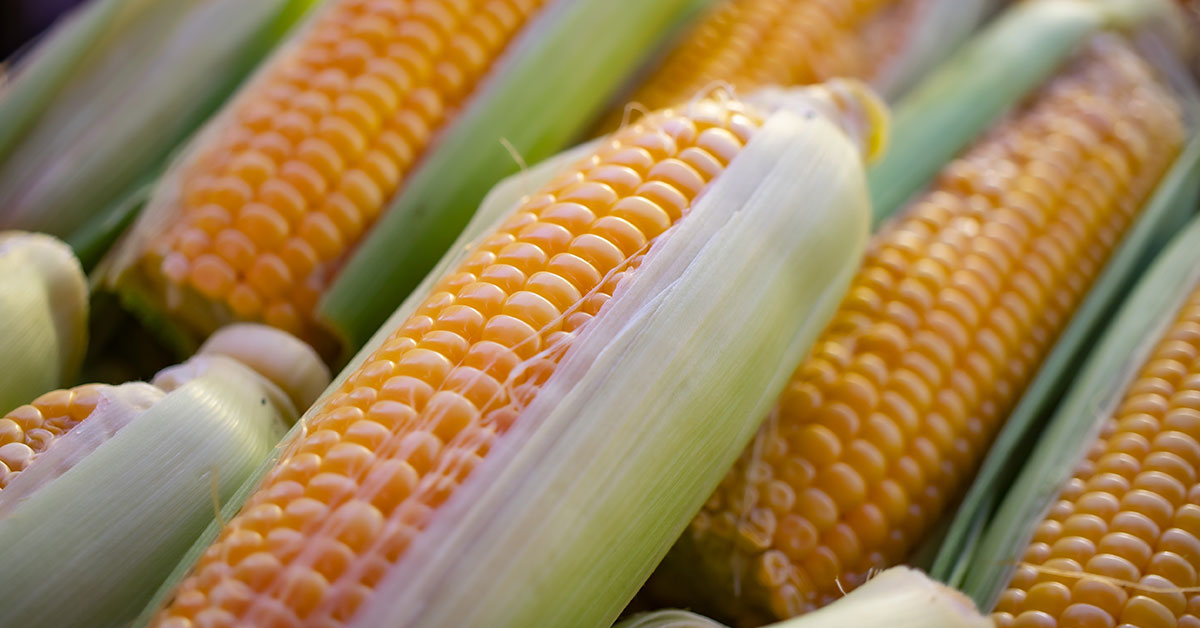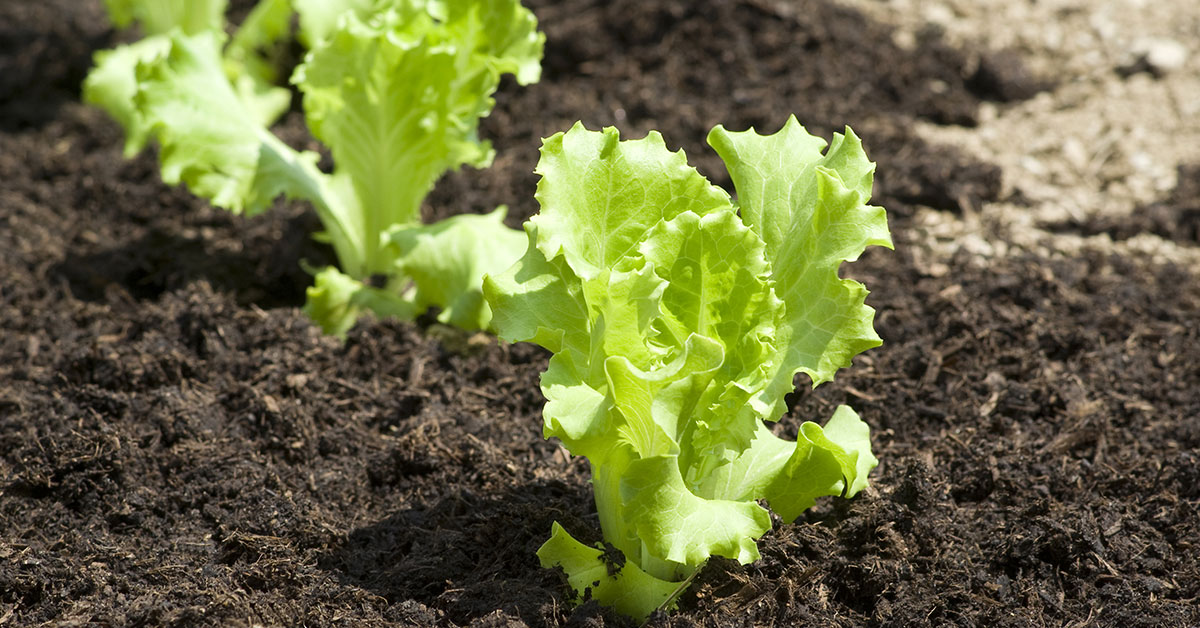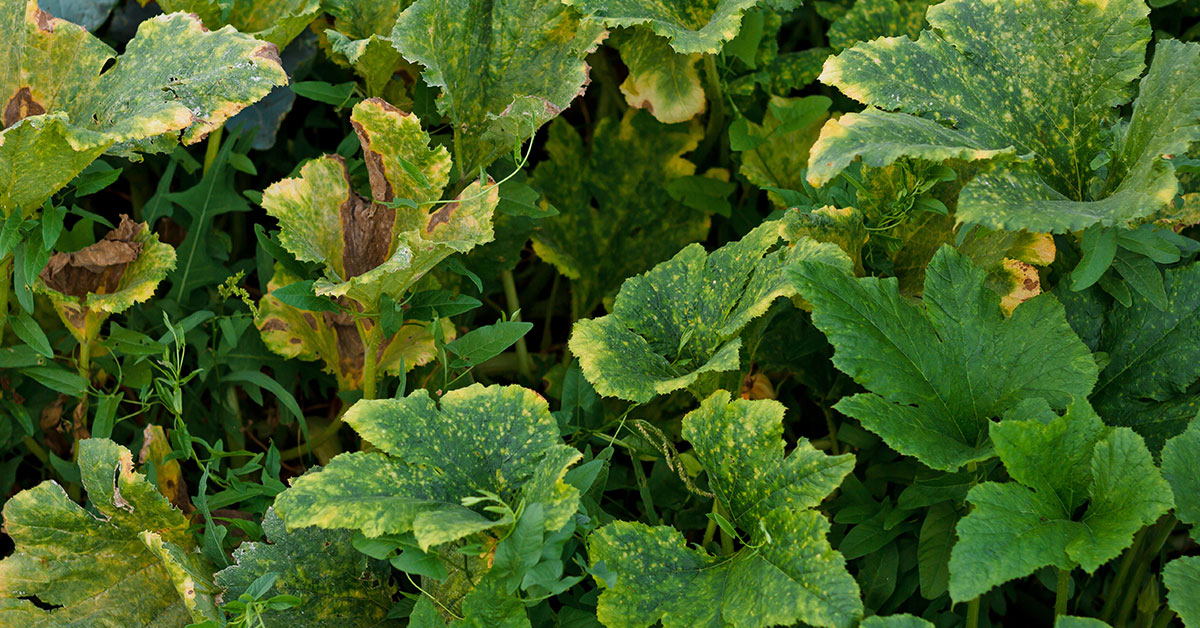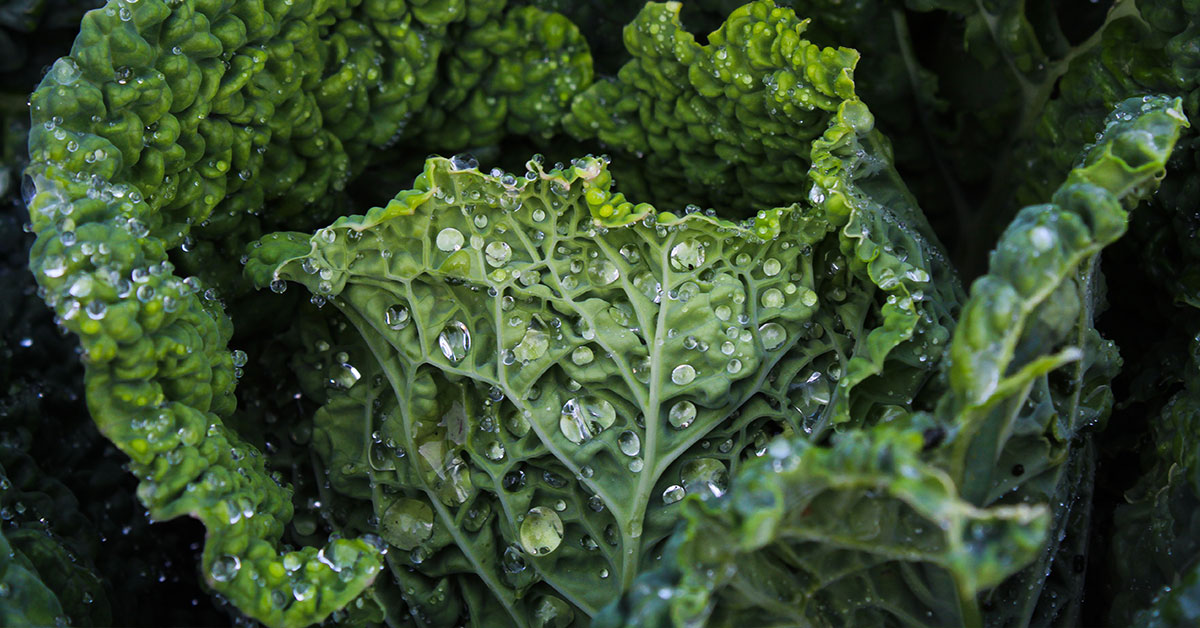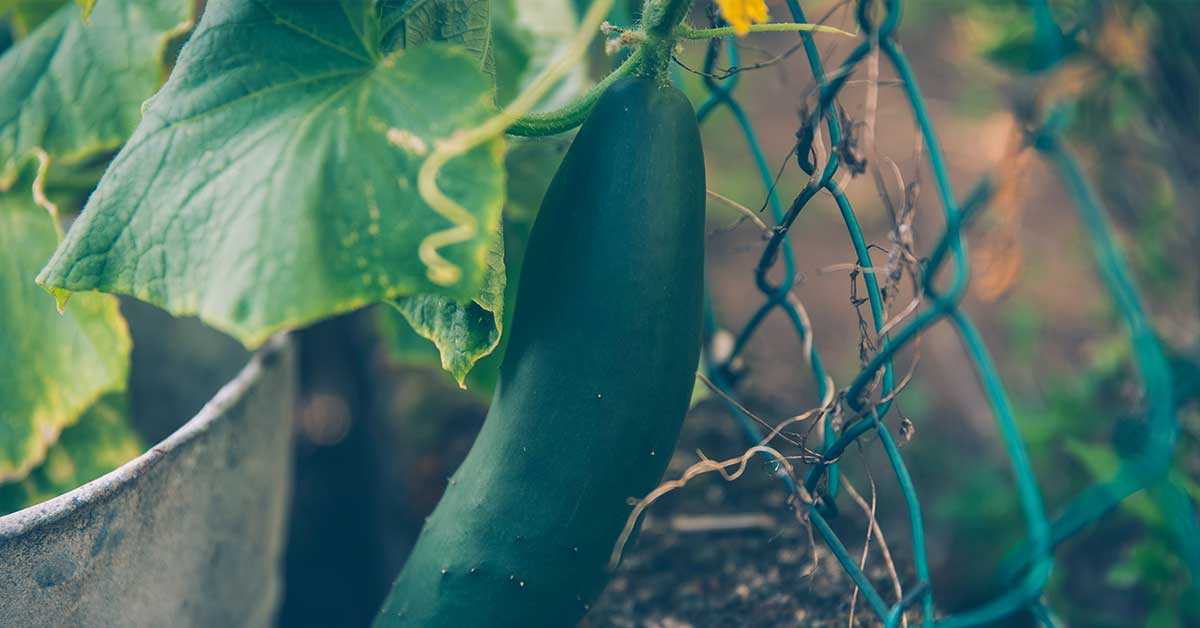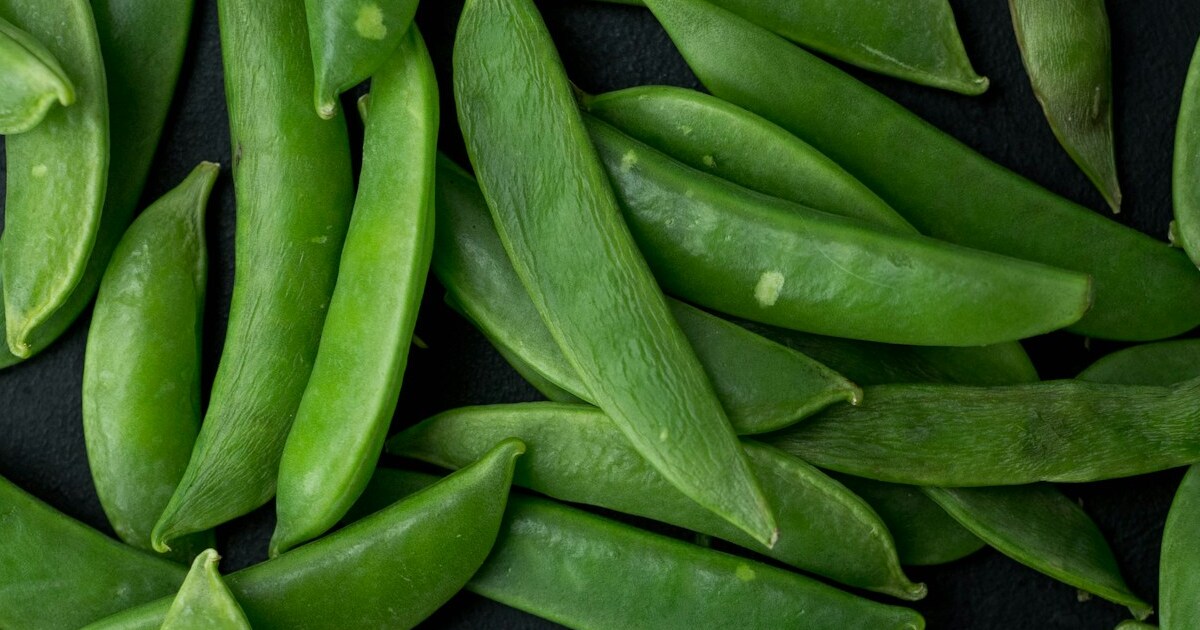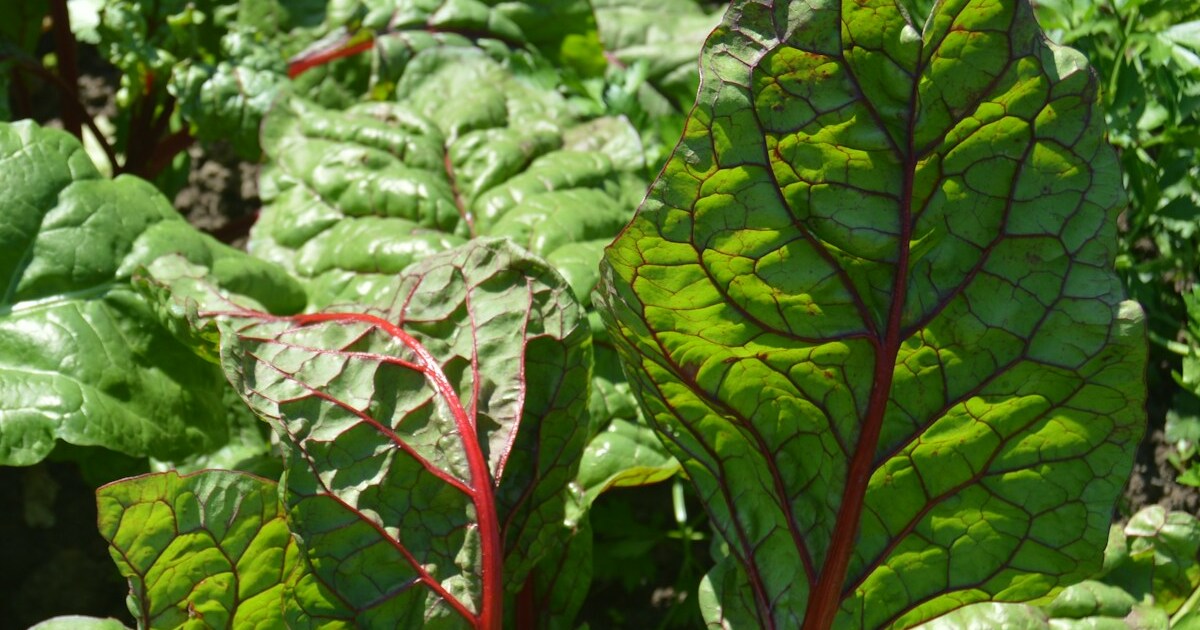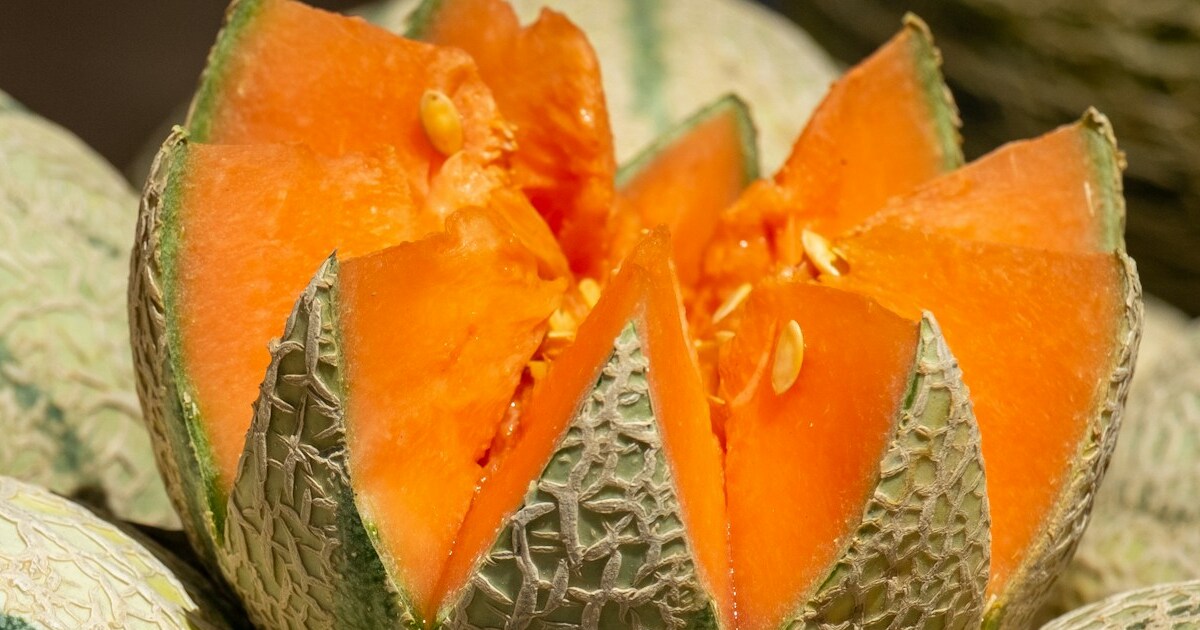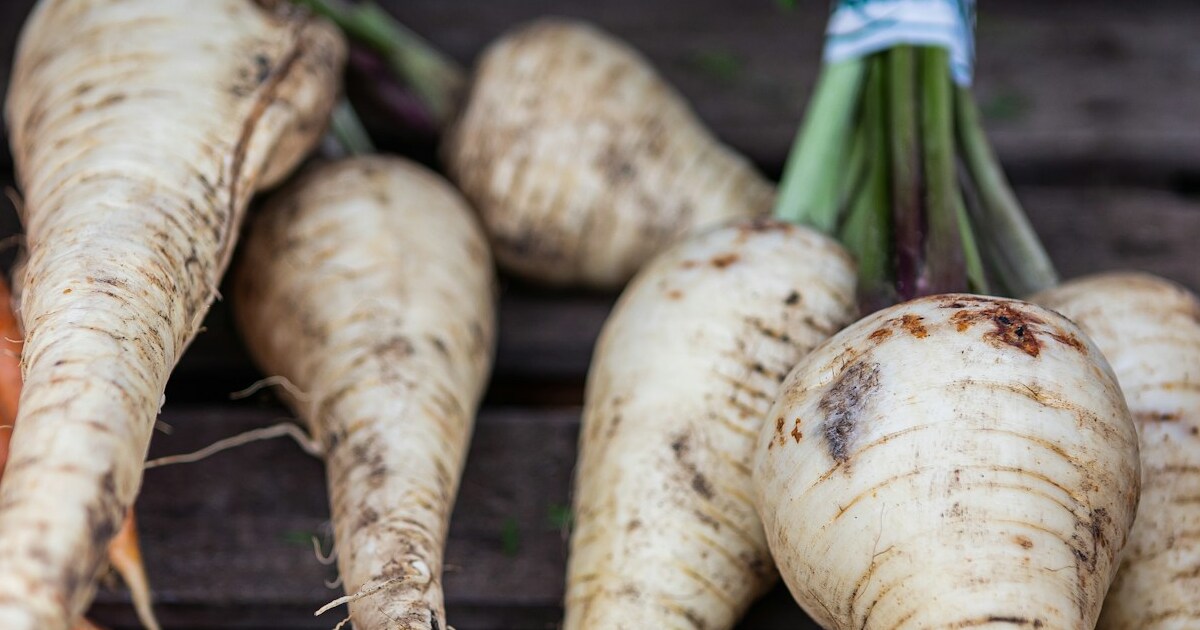Sugar Pie pumpkins are a type of winter squash that not only look beautiful but also have a delicious, sweet flavor that makes them a favorite among pumpkin lovers.
These pumpkins are small in size, typically weighing between 4-8 pounds, with a round shape and a deep orange color.
They are commonly used in baking and cooking, especially during the fall season when pumpkin spice everything is in high demand.
We’ll dive deeper into the world of Sugar Pie pumpkins and explore all the ways you can use them in your kitchen.
What is a Sugar Pie Pumpkin?
When you think of a pumpkin, you might picture a large, bright orange fruit that’s perfect for carving into jack-o’-lanterns. While those pumpkins are certainly popular during the fall season, they’re not the only type of pumpkin available. One variety that’s becoming increasingly popular is the Sugar Pie pumpkin.
A Sugar Pie pumpkin is a small, round pumpkin that’s typically between 6 and 8 inches in diameter. It’s known for its sweet flavor and smooth, creamy texture, which makes it perfect for baking and cooking. Unlike larger pumpkins, Sugar Pie pumpkins have a higher flesh-to-seed ratio, which means you get more edible pumpkin flesh from each fruit.
These pumpkins are typically harvested in the early fall, making them a popular ingredient in seasonal recipes. They’re often used to make pumpkin puree, which can be used in a variety of dishes, including pumpkin pie, pumpkin bread, and pumpkin soup. They’re also delicious roasted or baked, and can be used in savory dishes like stews and casseroles.
How to start Sugar Pie pumpkin seeds
Growing pumpkins from seed is an incredibly rewarding and relatively easy gardening endeavor. With the right preparation and care, anyone can experience the joy of watching these vibrant vines produce bountiful, colorful pumpkins. Starting pumpkins from seed allows you to choose from a wide variety of shapes, sizes, and colors to suit your preferences.
Additional Resource: Our Full Guide On Starting Pumpkins From Seed
Growing & care
Caring for pumpkins is remarkably straightforward, making it an ideal choice for both novice and experienced gardeners. Once established, pumpkins require minimal maintenance.
- Transplanting: When the danger of frost has passed and the soil has warmed up, transplant the pumpkin seedlings into your prepared garden bed or large containers. Ensure they are spaced 3-5 feet apart to allow for proper growth and airflow.
- Care and Maintenance: Water your pumpkin plants deeply and regularly, aiming for about 1-2 inches of water per week. Mulch around the plants to conserve moisture and suppress weed growth. Monitor for pests and diseases, and take appropriate action if necessary.
- Pollination: Pumpkins require pollination for fruit set. Bees and other pollinators are crucial for this process. To encourage pollination, avoid using insecticides that could harm pollinators and consider hand-pollinating if necessary.
- Fertilization: As the pumpkin plants grow, provide them with regular feedings of balanced fertilizer according to the package instructions. This will help support healthy foliage growth and fruit development.
- Pruning and Training: Control the growth of your pumpkin vines by gently pruning back excessive foliage. This promotes better airflow and directs energy towards fruit production. Use trellises or supports to train the vines if desired.
- Harvesting: Harvest pumpkins when they reach their full color, have a hard rind, and the stem starts to dry out. Cut the pumpkins carefully from the vine, leaving a few inches of stem attached. Handle them gently to avoid any damage.
Common pumpkin pests and diseases
Growing pumpkins can sometimes encounter a few common problems. Here are some issues you may face and their corresponding solutions:
- Powdery Mildew: This fungal disease appears as a white, powdery coating on the leaves, causing them to wither and die. To combat powdery mildew, ensure proper spacing between plants for good air circulation. Apply fungicides as a preventive measure or use organic treatments like neem oil or a mixture of baking soda and water.
- Squash Bugs: These pests feed on the leaves, causing wilting and stunted growth. Handpick and destroy the bugs or use insecticidal soap to control their population. Placing floating row covers over young plants can prevent squash bugs from laying eggs.
- Vine Borers: The larvae of squash vine borers burrow into the stems, leading to wilting and plant death. Cut open the stem, remove the borer, and mound soil at the base of the affected plant to encourage rooting. Applying row covers early in the season can help prevent adult borers from laying eggs.
- Blossom End Rot: This physiological disorder manifests as sunken, darkened areas on the blossom end of the fruit. It is caused by calcium deficiency or inconsistent watering. Maintain consistent soil moisture levels, provide adequate calcium through organic amendments, and mulch around the plants to regulate soil moisture.
- Poor Fruit Set: Insufficient pollination can result in poor fruit development. Encourage pollinators by planting pollinator-friendly flowers nearby. In the absence of sufficient pollinators, hand-pollinate by transferring pollen from male to female flowers using a small brush or cotton swab.
- Overwatering or Root Rot: Excessive watering or poorly drained soil can lead to root rot and plant decline. Allow the soil to dry slightly between waterings, and improve drainage by amending the soil with organic matter or growing pumpkins in raised beds.
- Weeds: Weeds compete for nutrients, water, and sunlight, hampering pumpkin growth. Regularly weed around the plants to minimize competition and maintain a weed-free zone.
Remember to monitor your plants regularly, catch problems early, and apply appropriate treatments promptly. By implementing these preventive measures and taking swift action when needed, you can address common pumpkin-growing problems and enjoy a successful harvest.
When and How to Harvest
Sugar Pie pumpkins are a type of pumpkin that is commonly used in making pies, soups, and other baked goods. They are smaller in size compared to other types of pumpkins and have a sweeter and smoother flesh. If you are growing Sugar Pie pumpkins in your garden, it’s important to know when the best time to harvest them is.
Generally, Sugar Pie pumpkins take about 90 to 100 days to mature from the time they are planted. However, the exact harvest time will depend on a few factors such as the weather conditions and the size of the pumpkin.
One way to determine if Sugar Pie pumpkins are ready to be harvested is by checking their color. When the pumpkins are fully ripe, their skin will have a dark orange color and a hard outer shell. You can also test the pumpkins by pressing your fingernail against the skin. If the skin doesn’t easily puncture, it’s a sign that the pumpkin is ripe.
Another way to check if the pumpkin is ready for harvest is by checking the stem. The stem should be dry and brittle, and it should easily break off from the pumpkin. If the stem is still green or pliable, it is best to wait a few more days before harvesting.
It’s important to harvest Sugar Pie pumpkins before the first frost, which can damage the pumpkins or cause them to rot. Once harvested, store the pumpkins in a cool, dry place for up to three months.
Uses for Sugar Pie pumpkin
Sugar Pie pumpkins are a variety of pumpkin that are small, round, and sweet. They are often used for cooking and baking due to their smooth texture and rich flavor. Generally, Sugar Pie pumpkins are used for making pumpkin pie, but they can also be used for a variety of other sweet and savory dishes.
One of the most popular uses for Sugar Pie pumpkins is making pumpkin pie. The flesh of the pumpkin is pureed and used as the filling for the pie, which is then baked with spices like cinnamon, nutmeg, and ginger. The result is a delicious, creamy pie that is perfect for fall and winter holidays.
Sugar Pie pumpkins can also be used to make other desserts, like pumpkin bread, muffins, and cookies. The pumpkin adds a rich, moist texture to these baked goods, and the natural sweetness of the pumpkin means that less sugar is needed in the recipe.
In addition to sweet dishes, Sugar Pie pumpkins can also be used in savory dishes like soups, stews, and curries. The pumpkin adds a depth of flavor to these dishes and pairs well with spices like cumin, coriander, and turmeric.
Sugar Pie pumpkins are a versatile ingredient that can be used in a wide variety of dishes. Whether you’re making a classic pumpkin pie or experimenting with new recipes, this pumpkin variety is sure to add a delicious flavor to your dish.


